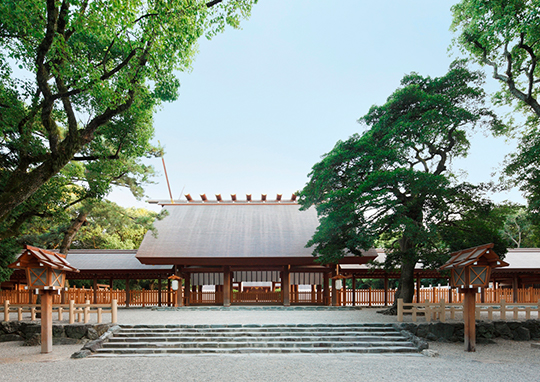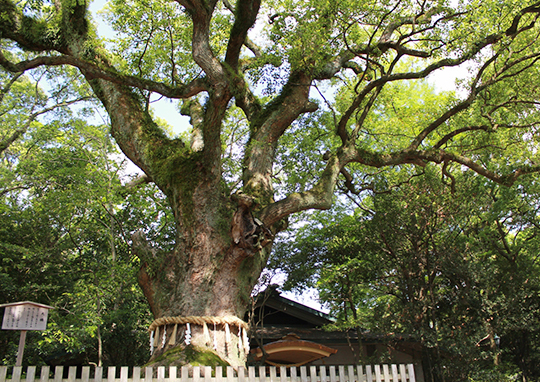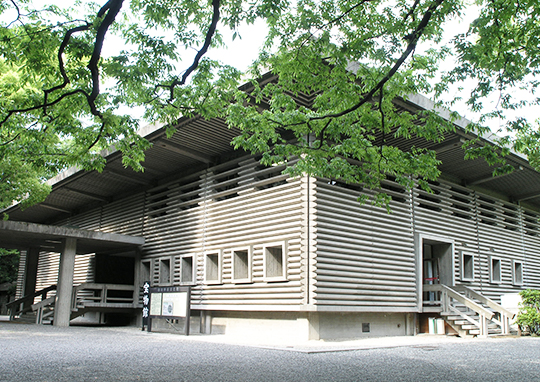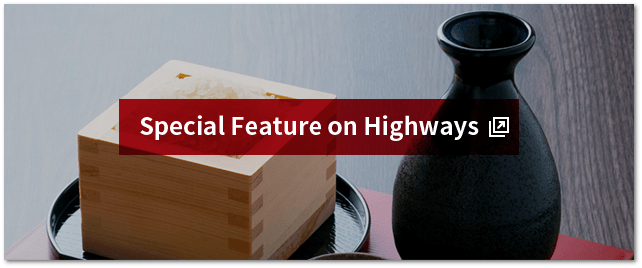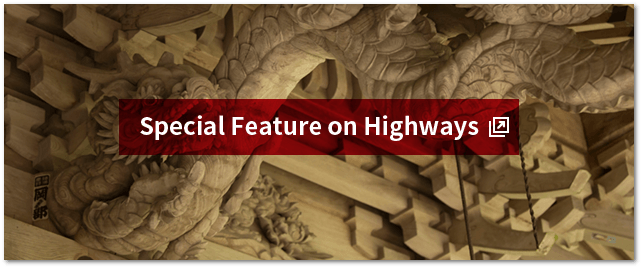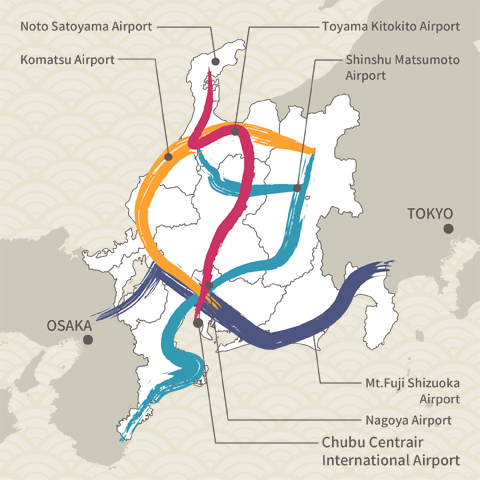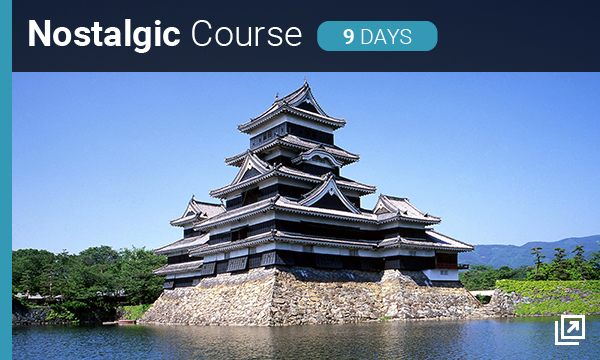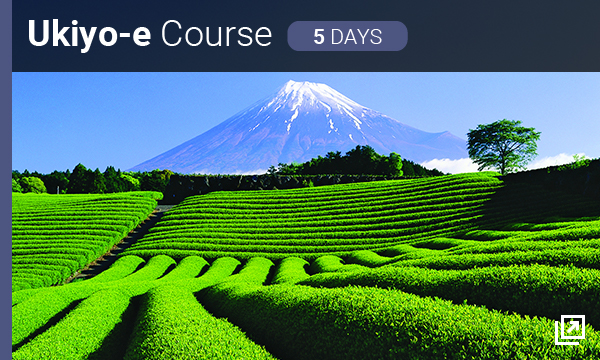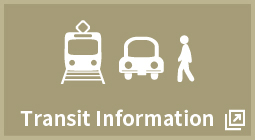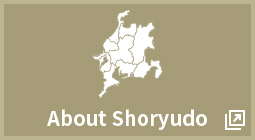Atsuta Jingu Shrine


Recommended Themes, Seasons and Activities


Natural Scenery:Flower and Tree
History:Shrines and Temples, Garden, Treasure Hall and Museum
Good Luck and Festivals:Spiritual Sites, Festival and Shinto Rituals
The Arts:Arts and Crafts

Spring / Summer / Autumn / Winter

Cultural Experiences(Kagura Dance, Votive Plaques, Amulet, Vermilion Seal)/ Look / Photograph
Atsuta-sama: A place of mystical power in the middle of the big city
The history of Atsuta Shrine stretches back more than 1,900 years. Familiarly known to the locals as “Atsuta-san,” it has been an honored shrine since ancient times. The Sun Goddess Amaterasu-Omikami is enshrined here, symbolized by the sacred sword Kusanagi-no-Mitsurugi, one of the three sacred treasures of Japan. The shrine’s precincts cover 190,000 square meters, and walking through the grounds, you can feel the traces of its long history as if through your skin. Although the shrine is located in the major city of Nagoya, an air of silence pervades the grounds, and throngs of visitors come from throughout Japan and around the world to experience this mystical spot enveloped in the energy of nature.
The grounds are populated with huge camphor trees, some of them estimated to be more than a thousand years old, stirring visitors with their natural life force. Other tree species in the shrine’s densely wooded grounds include zelkova, oak, beech, and gingko. Within the spacious precincts are a number of interesting places to visit. The narazu plum tree in front of the Kaguraden blooms in spring, but never bears fruit.
Within the grounds of Kamichikama Shrine, called “the Monju of wisdom,” stands the Taro-an camellia tree, much loved by masters of the tea ceremony. The Nobunaga-Bei (Nobunaga Wall), known as one of the Three Famous Mud Walls of Japan, was donated to the shrine by Oda Nobunaga.
Come to the Treasure Hall, filled with swords and other treasures!
In the northeastern part of the grounds, to the east of the kagura hall, is the Ryu Shrine. The deities enshrined there are Kibi Takehiko-no-Mikoto and Otomo-no-Takehi-no-Mikoto, whose names are mentioned in the Nihon-shoki chronicles in connection with the journey of Yamato Takeru-no-Mikoto to eastern Japan.The shrine is constructed within a grove of trees, and it is flanked by stone monuments on which the names of the two deities are inscribed.
When you visit Atsuta Shrine, be sure to go to the Treasure Hall. Approximately 6,000 precious articles are stored there, including swords, ancient sacred treasures, bugaku dance masks, and the Atsuta-bon Nihon-shoki. The items on display are changed every month. More than 170 of the articles have been designated as national treasures or as important cultural properties of the prefecture. Because of the shrine’s association with the Kusanagi-no-mitsurugi, the number of swords in the collection is especially high, and the Treasure Hall is known throughout Japan as a trove of famous swords.
Ichinomisaki Shrine, which is located in the deepest interior of Atsuta Shrine, has been open to the public only since 2012. As the most sacred area within the shrine, it had been off-limits to the general public until then. It has become the newest place of interest at Atsuta-sama.
Atsuta Jingu Shrine
Address |
1-1-1 Jingu, Atsuta-ku, Nagoya, Aichi Prefecture |
Hours |
Free entry to precincts
Treasure Hall: 9:00 am to 4:30 pm (last entry 4:10 pm) |
Closed |
Treasure Hall: Final Wed. of month and following day |
Cost |
Treasure Hall: Adult, 300 yen; elementary and junior high school student, 150 yen |
Phone |
Atsuta Shrine 052-671-4151
Treasure Hall 052-671-0852 |
Access |
By bus from from Meitetsu Nagoya Station to Jingu-mae Station, then walk 3 min |
Web site |
http://www.atsutajingu.or.jp/en/intro/ |
Other Spots

-
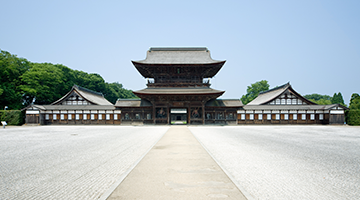
Zuiryuji Temple

Toyama

History
Good Luck and Festivals
Spring
Autumn
-
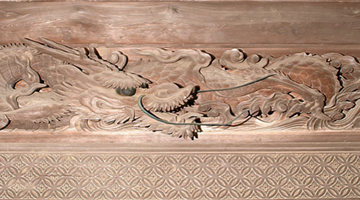
Zuisenji Temple

Toyama

History
Good Luck and Festivals
The Arts
Spring
Summer
Autumn
Winter
-

Shirayama Hime Jinja Shrine

Ishikawa

Natural Scenery
History
Good Luck and Festivals
The Arts
Spring
Summer
Autumn
Winter
-

Sojiji Soin

Ishikawa

History
Good Luck and Festivals
Spring
Summer
Autumn
Winter
-

The Ukimido Pavilion

Ishikawa

Natural Scenery
Dragon Legends
Spring
Summer
Autumn
-
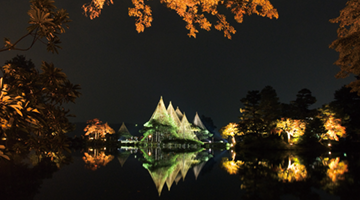
Kenrokuen Garden

Ishikawa

Natural Scenery
History
Good Luck and Festivals
Spring
Summer
Autumn
Winter
-
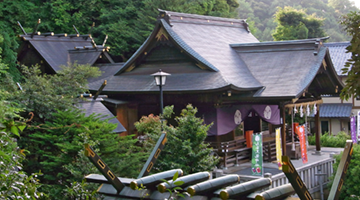
Keya Kurotatsu Jinja Shrine

Fukui

Natural Scenery
History
Good Luck and Festivals
The Arts
Spring
Summer
Autumn
-
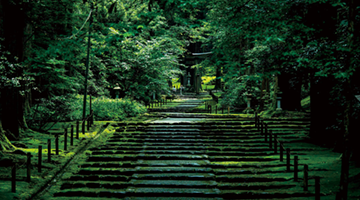
Hakusan Heisenji Shrine

Fukui

Natural Scenery
History
Good Luck and Festivals
The Arts
Spring
Summer
Autumn
-
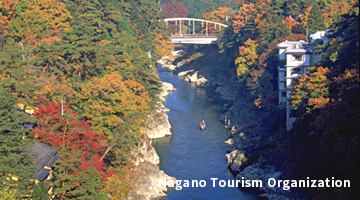
Tenryukyo

Nagano

Natural Scenery
Spring
Summer
Autumn
Winter
-
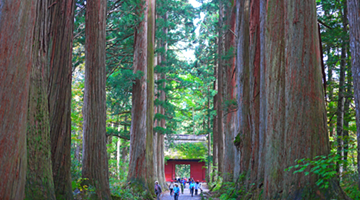
Togakushi Jinja Shrine

Nagano

Dragon Legends
History
Good Luck and Festivals
The Arts
Spring
Summer
Autumn
Winter
-
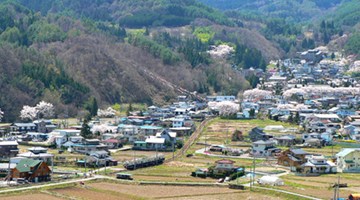
Bessho Onsen

Nagano

Dragon Legends
History
Good Luck and Festivals
Spring
Summer
Autumn
Winter
-
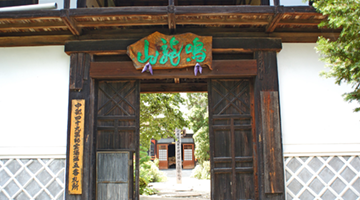
Myokenji Temple

Nagano

History
The Arts
Spring
Summer
Autumn
Winter
-
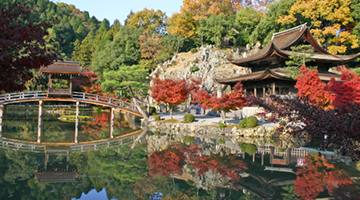
Kokeizan Eiho-ji Temple

Gifu

Natural Scenery
History
Good Luck and Festivals
Spring
Summer
Autumn
Winter
-
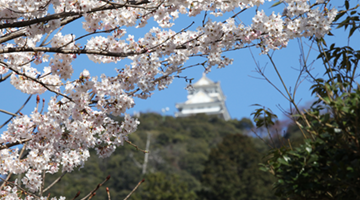
Gifu Castle on Mount Kinkazan

Gifu

Natural Scenery
History
Spring
Summer
Autumn
Winter
-
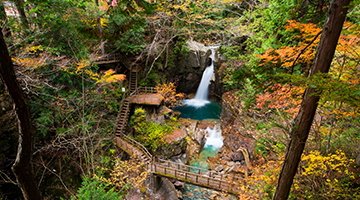
Ryujin-no-Taki Falls

Gifu

Natural Scenery
Dragon Legends
History
Good Luck and Festivals
Spring
Summer
Autumn
-
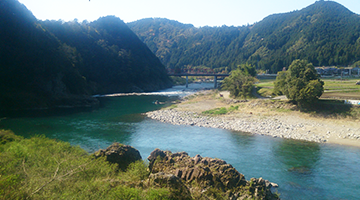
Headwaters of the Nagaragawa River

Gifu

Natural Scenery
Dragon Legends
Spring
Summer
Autumn
Winter
-

Senkoji Temple

Gifu

Natural Scenery
History
Good Luck and Festivals
The Arts
Spring
Summer
Autumn
-
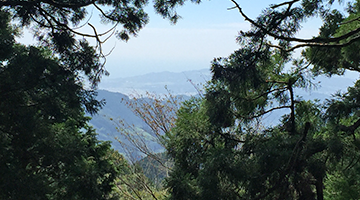
Mount Ryusozan

Shizuoka

Natural Scenery
History
Spring
Summer
Autumn
-

Hokoji Temple

Shizuoka

Natural Scenery
Dragon Legends
History
The Arts
Spring
Summer
Autumn
Winter
-

Atsuta Jingu Shrine

Aichi

Natural Scenery
History
Good Luck and Festivals
The Arts
Spring
Summer
Autumn
Winter
-
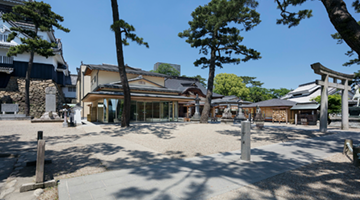
Tatsuki Jinja Shrine

Aichi

Dragon Legends
History
Good Luck and Festivals
The Arts
Spring
Summer
Autumn
Winter
-
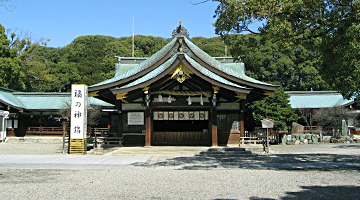
Masumida Jinja Shrine

Aichi

Dragon Legends
History
Good Luck and Festivals
Spring
Summer
Autumn
Winter
-
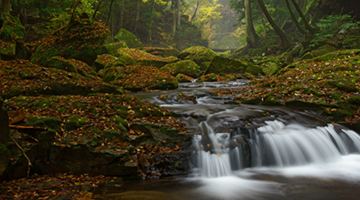
The akame 48 falls

Mie

Natural Scenery
Dragon Legends
Spring
Summer
Autumn
Winter
-

Yokoyama Ishigami Jinja Shrine

Mie

Dragon Legends
History
Good Luck and Festivals
Spring
Summer
Autumn
Winter
-

Yahashira Jinja Shrine

Mie

History
Good Luck and Festivals
Spring
Summer
Autumn
Winter
-
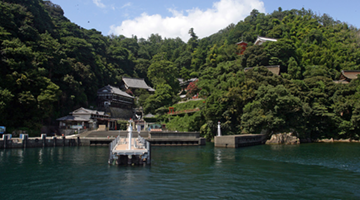
Chikubushima Island Hogonji Temple

Shiga

Natural Scenery
Dragon Legends
History
Good Luck and Festivals
Spring
Summer
Autumn
Winter
-
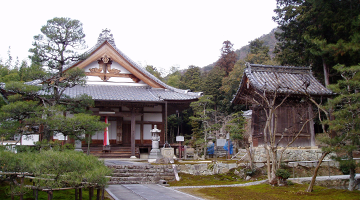
Ryuoji Temple

Shiga

Dragon Legends
History
Good Luck and Festivals
Spring
Summer
Autumn
Winter
-
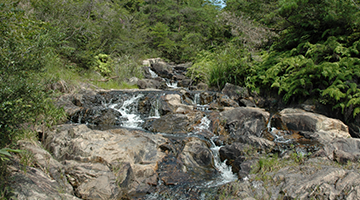
Ryuogu at ruins of Unkanji Temple

Shiga

Natural Scenery
Dragon Legends
History
Spring
Summer
Autumn
-
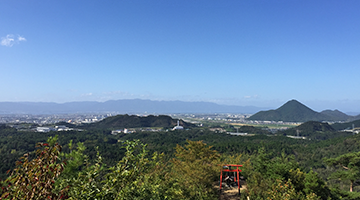
Garyu-no-Mori Forest

Shiga

Natural Scenery
Spring
Summer
Autumn
Winter
-
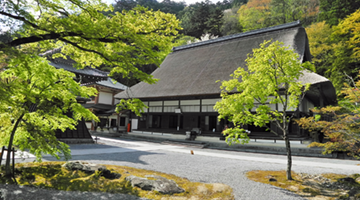
Eigenji Temple Founder’s Hall

Shiga

Natural Scenery
History
Good Luck and Festivals
Spring
Summer
Autumn
Winter

See Other Routes

The Four Shoryudo Routes






























